Using a dehumidifier offers several benefits, particularly in combating issues related to mold and cough. Excessive moisture in the air can lead to the growth of mold and mildew, which can trigger allergies and respiratory problems. By reducing humidity levels, dehumidifiers inhibit mold growth and help alleviate symptoms such as coughing, sneezing, and congestion. They create a healthier living environment by reducing allergens and improving indoor air quality.
De'Longhi dehumidifiers are certified by the Allergy Standard Foundation* as a product suitable for people suffering from asthma and allergies, allowing you and your family to breathe easier and feel more comfortable.
For a healthy home, some of our dehumidifiers have 4-Action Filters to capture the majority of air pollutants that are harmful to your health. By removing 99.96%* of airborne particles, by capturing ultra-fine particles such as pollen, dust, mould, bacteria and pet dander right down to 0.1 microns, they reduce the risk of developing asthma and allergy symptoms.
The anti-mold function of the app helps to track the humidity. You can easily monitor functions, operating times and the recommended values to maintain the ideal humidity between temperature and humidity in your home.
How to choose the right Dehumidifier for a room
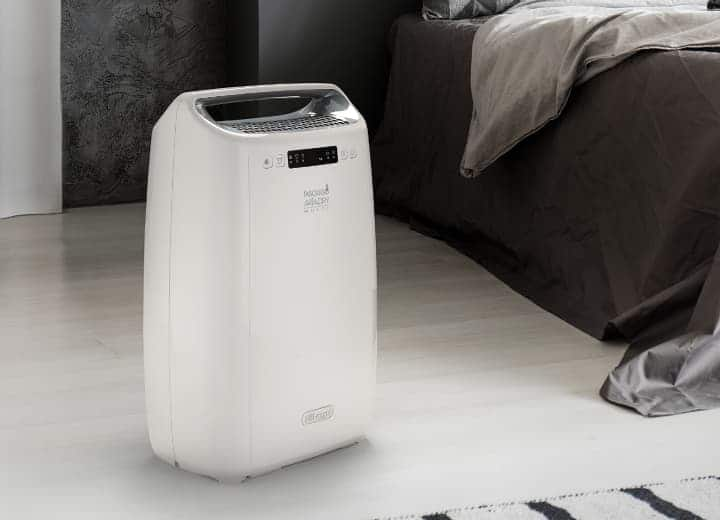
How to choose the right Dehumidifier for a room
To effectively set up a dehumidifier, you have first to consider the size of the room. Most dehumidifiers come with adjustable humidity settings, that can be adjusted based on personal comfort and prevailing humidity conditions. Additionally, the size of the room plays a crucial role in determining the dehumidifier's capacity. Larger rooms may require more powerful units, while smaller rooms may be adequately serviced by compact models. Most De'Longhi dehumidifiers are suitable for rooms up to 85m3 but some models can be used to dehumidify even bigger spaces, up to 150m3.
Πώς να χρησιμοποιήσετε σωστά έναν αφυγραντήρα
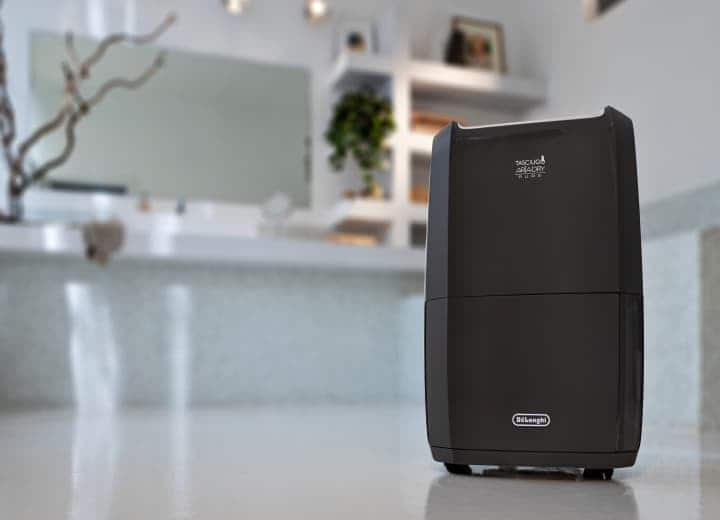
Πώς να χρησιμοποιήσετε σωστά έναν αφυγραντήρα
Η σωστή χρήση ενός αφυγραντήρα είναι σημαντική για τη μεγιστοποίηση της αποτελεσματικότητάς του, συνεπώς συνιστάται πάντα να ελέγχετε πρώτα τις οδηγίες λειτουργίας για να δείτε ποιες συγκεκριμένες οδηγίες ισχύουν για τη λειτουργία του μοντέλου σας, πριν από τη λειτουργία του.
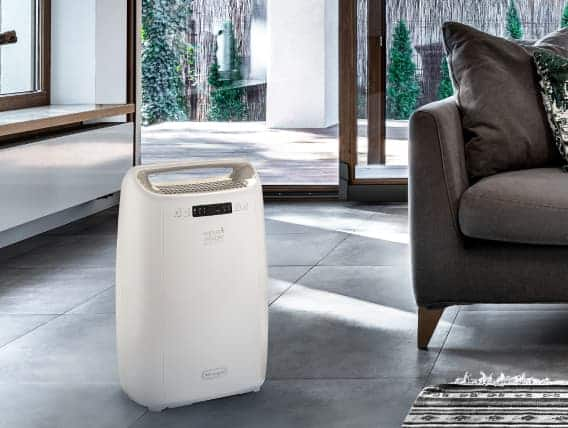
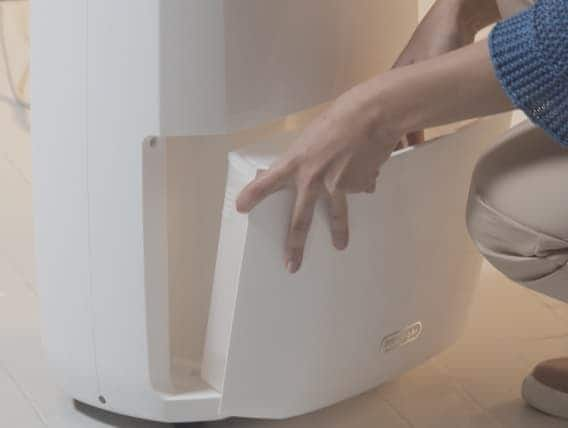
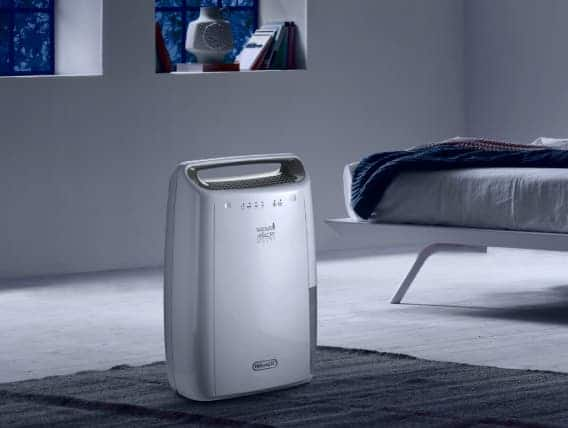
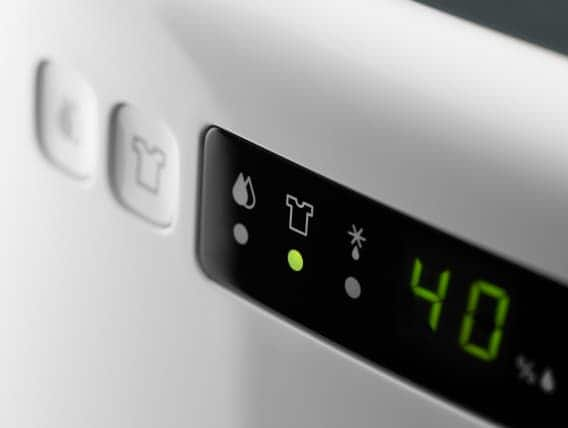
Κατανάλωση ενέργειας
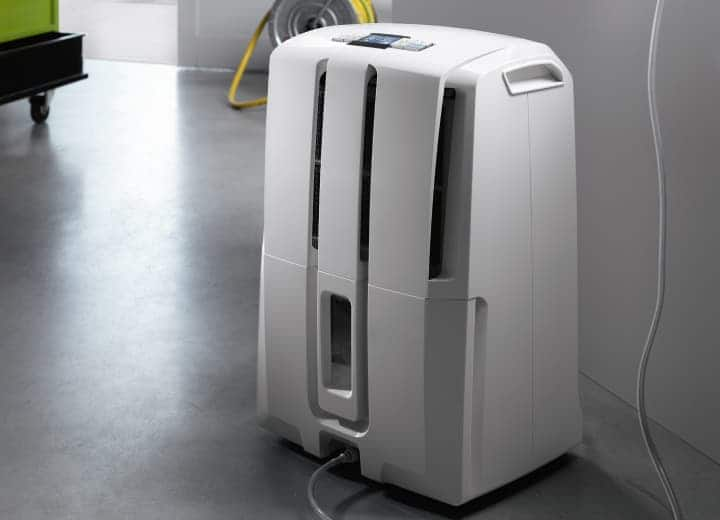
Κατανάλωση ενέργειας
Οι αφυγραντήρες καταναλώνουν διαφορετική ποσότητα ηλεκτρικού ρεύματος ανάλογα με το μέγεθος, την απόδοση και τη χρήση τους. Για να ελαχιστοποιήσετε την κατανάλωση ενέργειας, επιλέξτε έναν αφυγραντήρα με προσαρμόσιμες ρυθμίσεις. Αυτό σας επιτρέπει να προγραμματίσετε την απενεργοποίηση της συσκευής όταν επιτευχθεί το επιθυμητό επίπεδο υγρασίας. Η «λειτουργία κατά της μούχλας» βοηθά στην εξοικονόμηση ενέργειας βελτιστοποιώντας τους χρόνους λειτουργίας. Παρακολουθεί την υγρασία του δωματίου σε σύγκριση με το ρυθμισμένο επίπεδο υγρασίας, καθώς και τους χρόνους λειτουργίας, και δίνει μια πρόταση για την εξάλειψη της υπερβολικής υγρασίας.
Καθορίζει αυτόματα και επιτυγχάνει την τέλεια ισορροπία μεταξύ θερμοκρασίας και υγρασίας σε κάθε δωμάτιο του σπιτιού για να εγγυηθεί τη ζώνη άνεσής σας.
Μια απλή οθόνη επιτρέπει στον καταναλωτή να παρακολουθεί για πόσο χρονικό διάστημα λειτουργεί ο αφυγραντήρας και πόσο έχει μειώσει την υγρασία.
Ποιο είναι καλύτερο: Αφυγραντήρας ή κλιματιστικό;
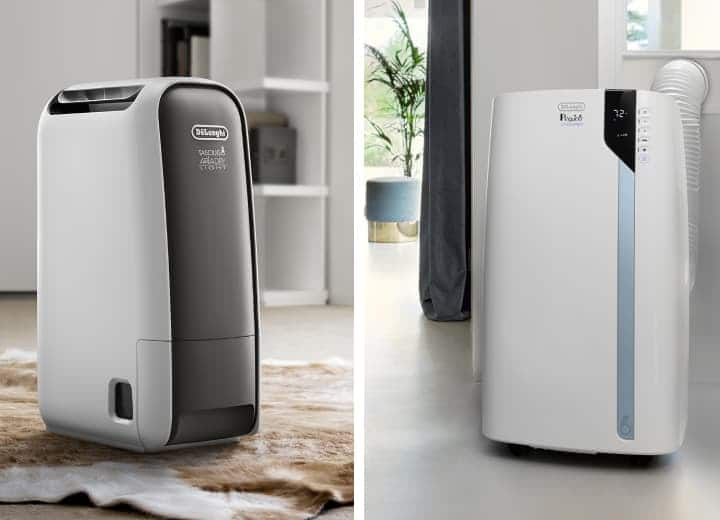
Which is Better: Dehumidifier or Air Conditioner?
Dehumidifiers and air conditioners serve different purposes, although they both contribute to a comfortable indoor environment. Air conditioners primarily cool the air. On the other hand, dehumidifiers focus specifically on reducing humidity levels without lowering the temperature. If your main concern is high humidity, a dehumidifier is the ideal choice. However, in hot and humid climates, using an air conditioner with dehumidification capabilities can provide a comprehensive solution.
*Third party organisation test on MPPS particles according to EN 1822:2010. Efficiency referred to particles of 2.5 μm size at 80 m3/h speed – dehumidification and filtration active.